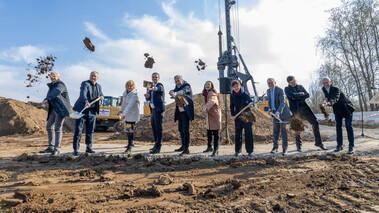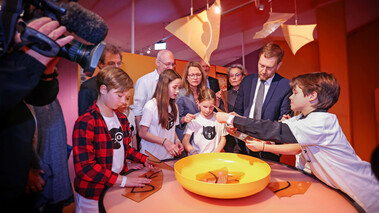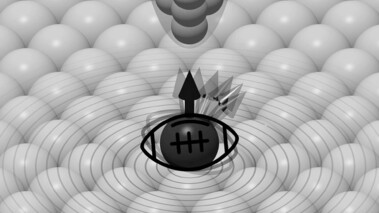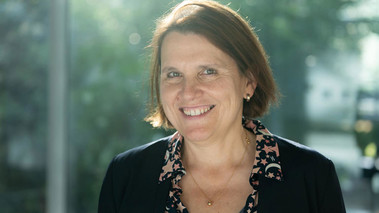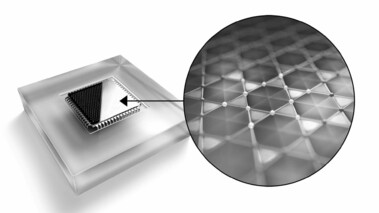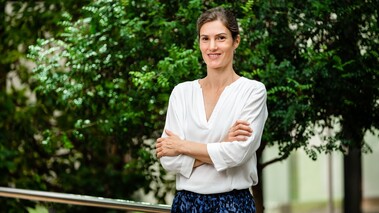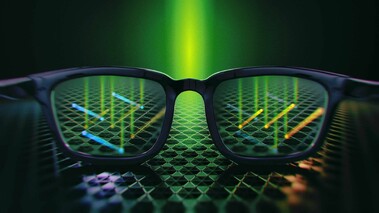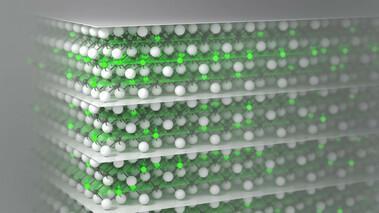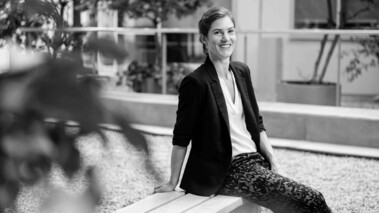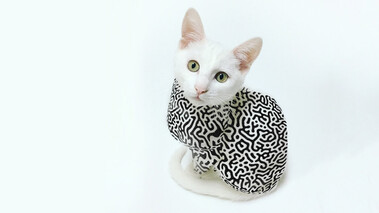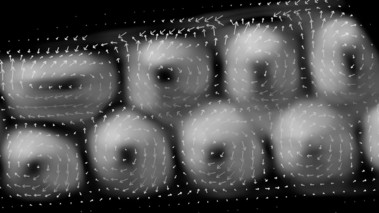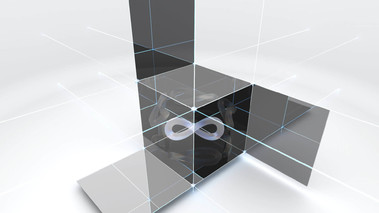News
-
![Spatenstich-Ctqmat-Nilseisold-1920x1080]()
02 Apr 2025
Groundbreaking ceremony for new joint research facility of IFW Dresden and TU Dresden
more
-
![5-Amacgarbe-Katzeq02-1920x1080]()
25 Apr 2024
12:00 pmKitty Q – A Quantum Adventure: Germany’s First Quantum Physics Escape Room for Children Opens in Dresden
more
-
![Felser-Mpi-Cpfs-1050264-1920x1980]()
27 Sept 2023
Claudia Felser Awarded the 2023 EPS Europhysics Prize for Pioneering Scientific Work
more
-
![Dsc03091]()
09 Aug 2023
Teaching award for Elena Hassinger: Unpacking the impact of gender stereotypes on scientific careers
more
-
![3d-Brille-Breitbild]()
13 Jul 2023
“3D glasses” for topological materials: Using hi tech to illuminate quantum mysteries
more
-
![Pressebild-Mnbi6te10-Byjoergbandmann-1920x1080]()
21 Mar 2023
Surprise in the quantum world: Disorder leads to ferromagnetic topological insulator
more
-
![Weiße Katze auf weißem Hintergrund. Die Katze trägt eine Camouflageähnliche Jacke in schwarz und weiß.]()
02 Sept 2022
New fur for the quantum cat: Entanglement of many atoms in a quantum material discovered for the first time
more
-
![Bild-Teaser-Topology-96-1920x1980]()
20 May 2022
Almost everything is topological
more


